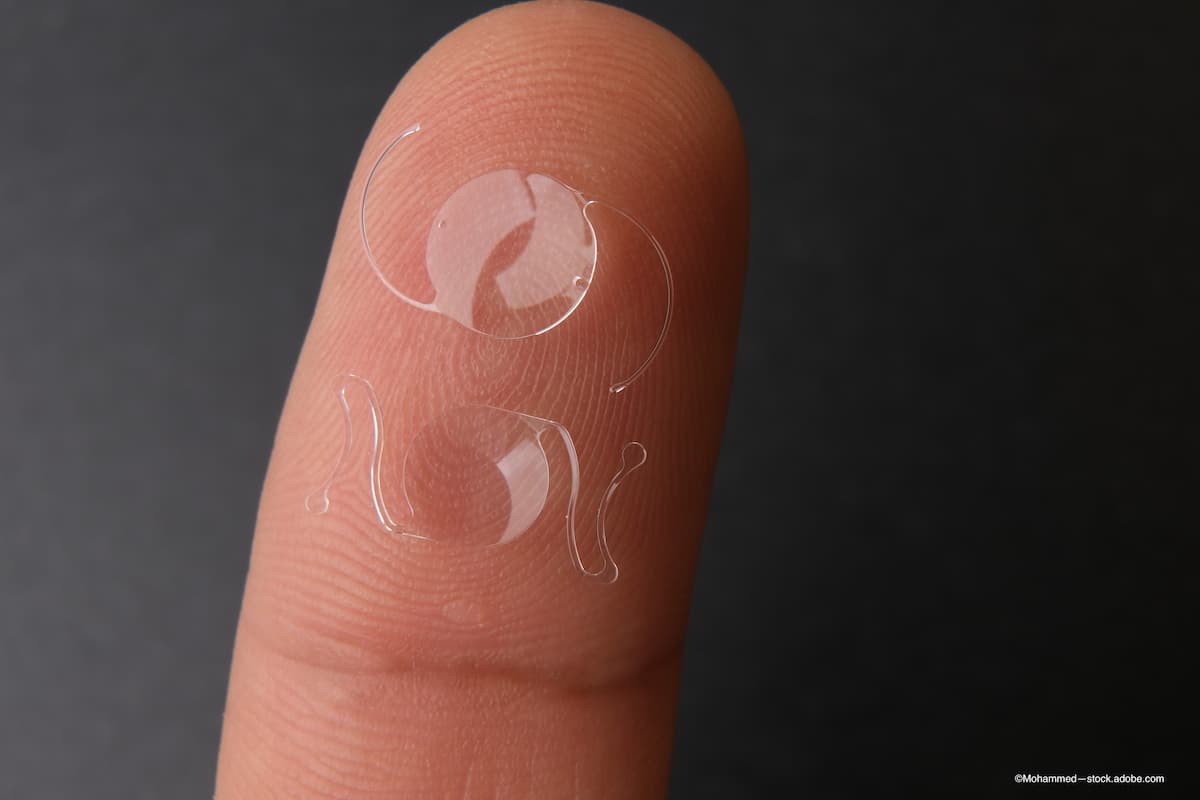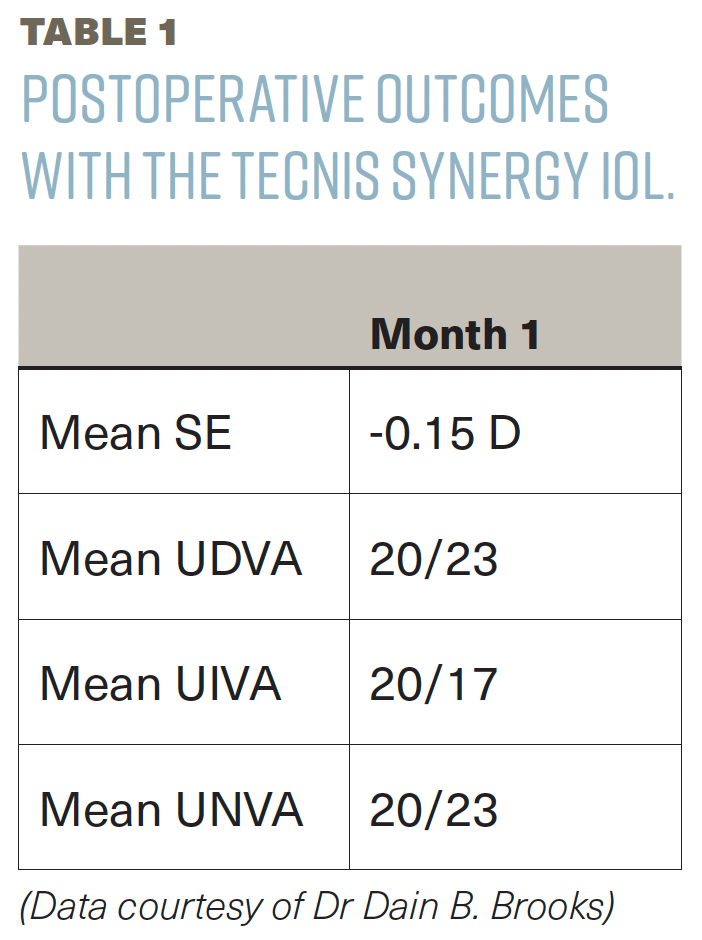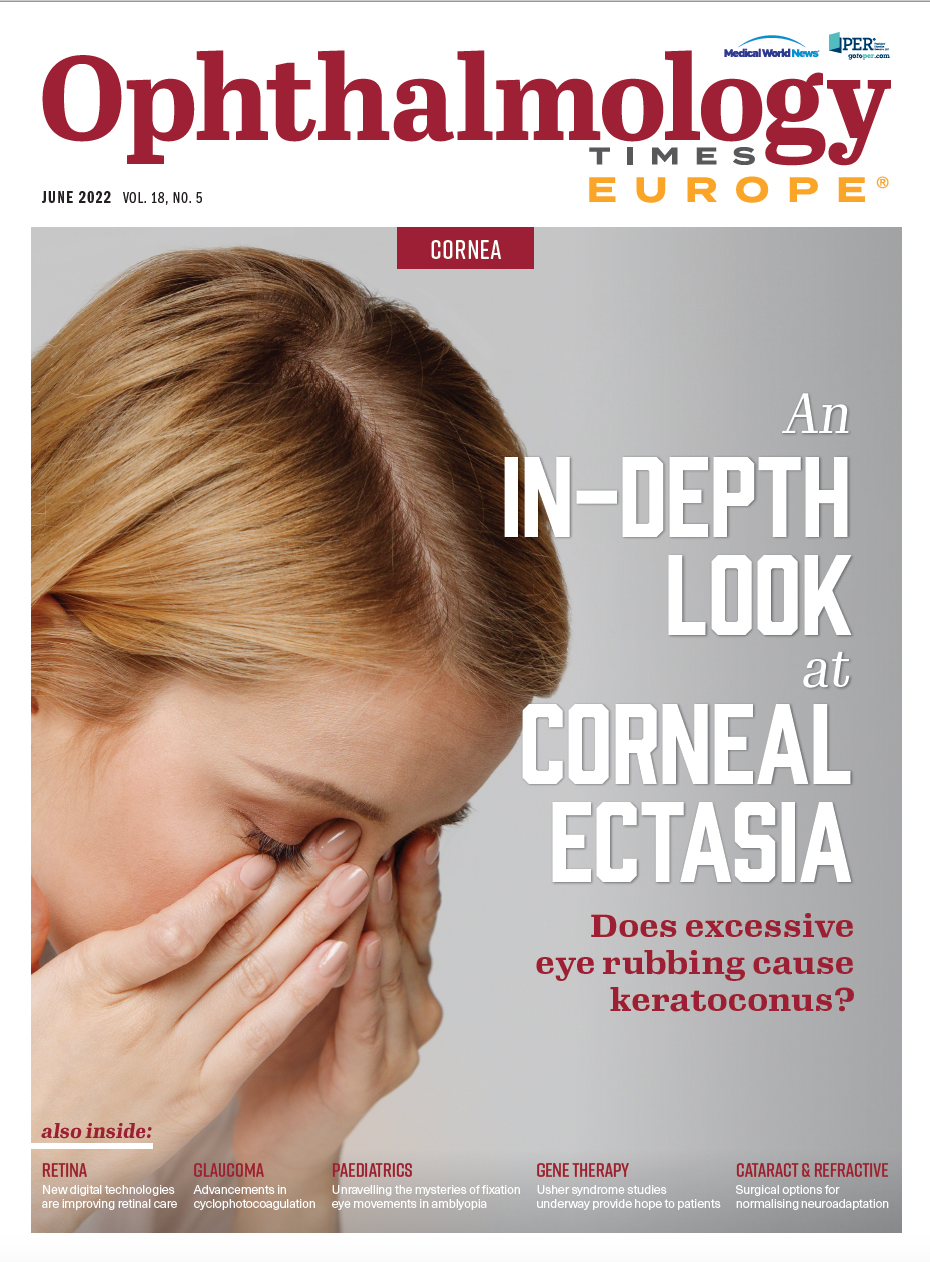Surgical options for normalising neuroadaptation
It is important to select good candidates for presbyopia-correcting IOL implantation and frankly discuss postoperative adjustment issues for a successful outcome.

Today’s presbyopia-correcting IOLs, such as the PanOptix Trifocal (Alcon) and Tecnis Synergy (Johnson & Johnson Vision), incorporate very sophisticated optical technologies that can provide patients with an unsurpassed range of vision. These implants, combined with excellent biometry and the greater predictability of modern IOL formulas, have led to very high levels of patient satisfaction in my practice. I believe we are truly in a golden age of presbyopic vision correction.
However, we must expect there to be a period during which the eyes and brain adapt to these sophisticated optics postoperatively. In most cases, neuroadaptation takes the form of gradually decreasing night-time dysphotopsias or gradually improving clarity of vision. In my experience, neuroadaptation to presbyopia-correcting IOLs is nothing like the challenges that patients experience in adapting to monovision, or even to multifocal contact lenses.
Patients can typically drive and use their phones from Day 1. I find that good patient selection—considering both ocular anatomy and patient personality—and clear communication with patients about what to expect postoperatively are essential for success.
Ocular anatomy and phakic lens status
Preoperative testing to determine candidacy for lens options is very important. Patients with unusual topography, greater amounts of higher-order aberrations or unusually large pupils may experience more night-time dysphotopsias and should be counselled carefully if a premium lens is offered.
It is also important to understand how preoperative phakic lens status affects postoperative impressions. Younger patients seeking refractive lens exchange or those with very mild cataracts may never have been challenged with quality-of-vision problems and will tend to have high expectations of matching their preoperative clarity. On the other hand, someone with significant cataract has already adapted to glare and contrast loss that is likely to be much worse than anything they will experience with an IOL.
Patients know themselves best
For me, it is fundamentally important that a patient has a strong desire to be free of spectacles. This will motivate them to persist and tolerate any inconveniences during the immediate postoperative process. If the surgeon has to talk someone into having a presbyopia-correcting IOL, it is a recipe for potential disappointment.
I ask patients directly about their personality traits: “Are you meticulous or picky? Do you flow through holidays calmly or tend to tense up when you are out of your element? Do you transition well or tend to get stressed by change?” In my experience, patients are not offended by this type of questioning. Rather, they appreciate the chance to express their persona to someone who is trying to make the best recommendation for them.
The younger the patient, the healthier the crystalline lens and the more demanding the personality, then the more preoperative counselling will be required. I do not necessarily avoid these patients, but I am direct and specific with them. I tell them they will see more glare and halos and that these will lessen over time but may not go away entirely.
After showing them images of dysphotopsias, I ask whether they think such symptoms would bother them. If so, we may look at another solution that may not provide the same range of vision but has a lower chance of dysphotopsias.
Adapting to the lens
Abbreviations: SE, spherical equivalent; UDVA, uncorrected distance visual acuity; UIVA, uncorrected intermediate visual acuity; UNVA, uncorrected near visual acuity

In our experience, patients sometimes find that it takes time to appreciate crisp quality of vision across their full range with the Synergy lens. At no point have I had a patient tell me they cannot function at any one distance, but they may notice that vision improves from near to intermediate to far. I do not see this as a problem because, in the end, we are seeing spectacular results that are better than ever before (Table 1).
A golfer I recently treated is a perfect example. After bilateral Tecnis Synergy implantation, he told me he could drive his golf cart around and see his scorecard with no problem. When he teed off, he could see the ball initially but had a little trouble tracking it in motion after 100 yards or so. Sunglasses in bright sunlight helped him in the short term. Within a few months of surgery, he had no complaints and was ecstatic about the visual performance of the lens.
Although I aim for plano with the lens, I almost always err toward the first plus in the dominant eye and the first minus in the non-dominant eye if I have the choice. In most cases, this strategy provides a nice full range of focus, but it may not be appropriate in every eye. For example, if the cornea is flatter centrally, that eye may need more power, so I will err towards the first minus, regardless of ocular dominance.
Physician communication is key
Although preoperative evaluation is certainly a team effort in our practice, I believe it is important for the implant recommendation to come directly from the physician rather than from a counsellor. My goal is that after a deliberate and intentional process to select the best technology for them, patients feel understood and can relax and embrace the surgeon’s recommendation.
I try to communicate in a way that is sincere and reality-based, projecting confidence and competence. I tell patients that their vision will continue to get sharper—and they will become more and more enthusiastic about their vision—as the brain gets used to the new optics. Sunglasses or tinted lenses, brimonidine at night or dry eye therapies may help during the neuroadaptation period, or at least help the patient feel that they are participating in the healing process.
Being honest about potential night vision symptoms or delays because of neuroadaptation does not scare patients away or dissuade them from making premium choices. It simply makes their journey with today’s wonderful presbyopia-correcting implants a better one.
Dain B. Brooks, MD
E: dbrooks@brookseyemd.com
Dr Brooks is in private practice at Brooks Eye Associates in Plano, Texas, United States. He has no financial relationships to disclose related to this article.

